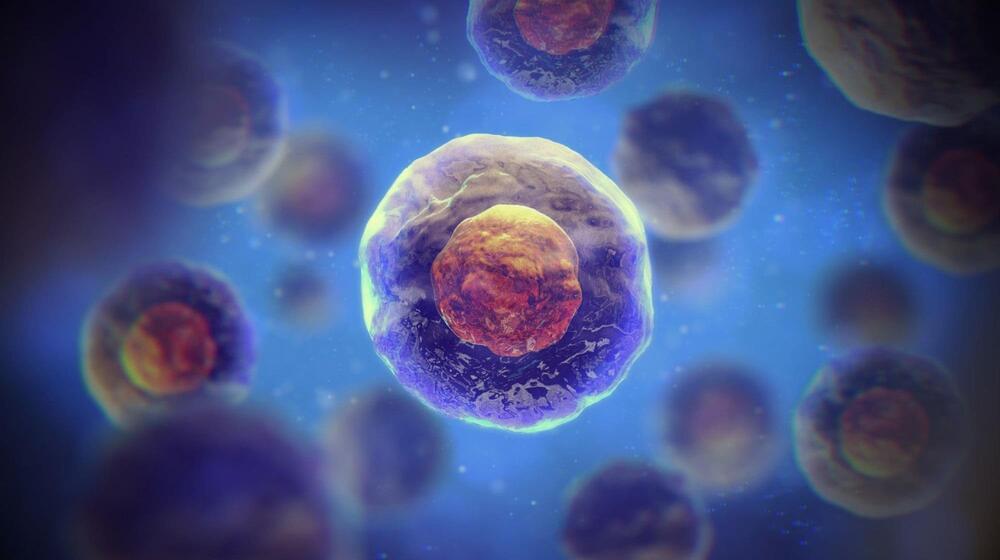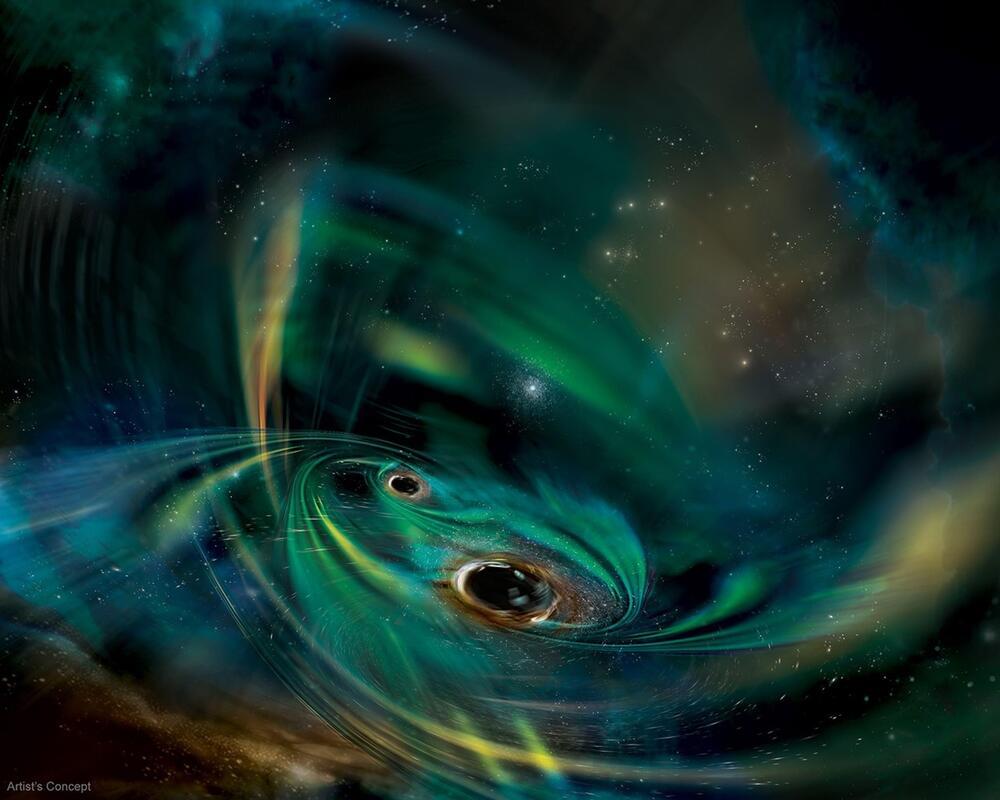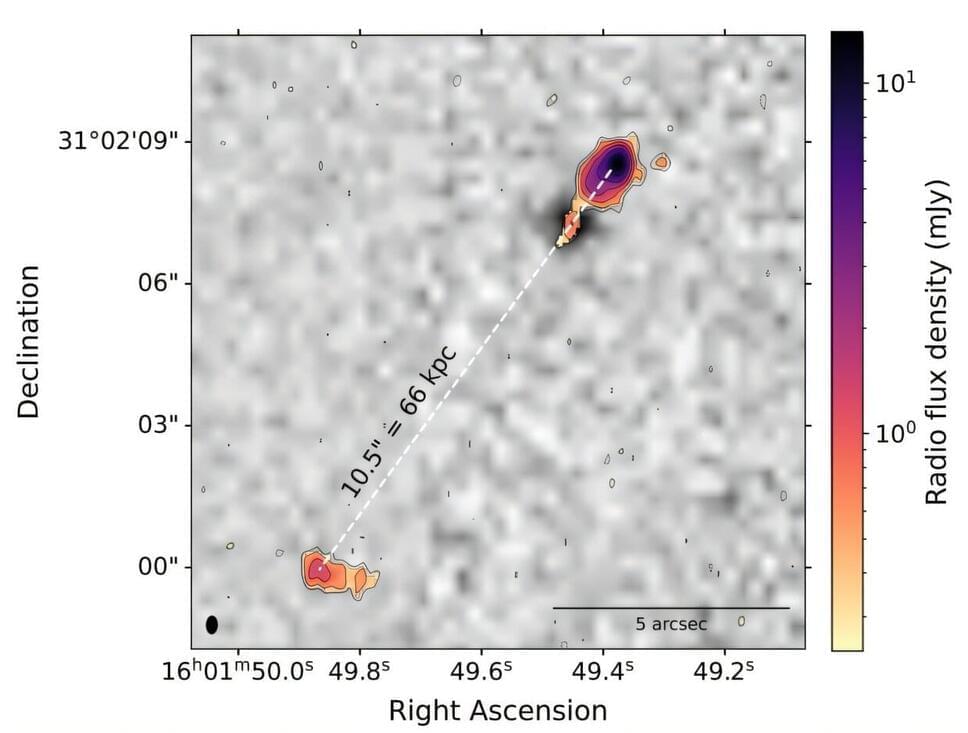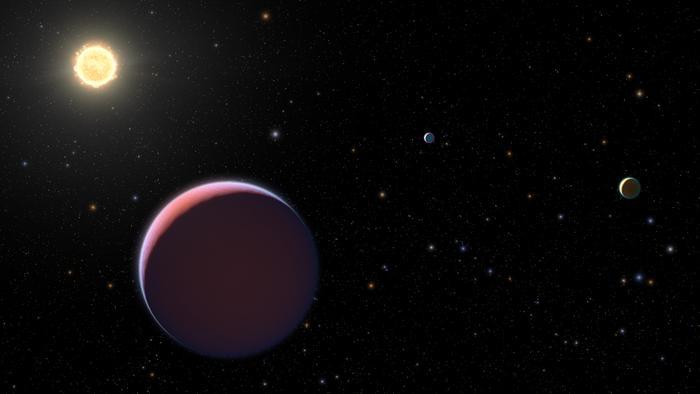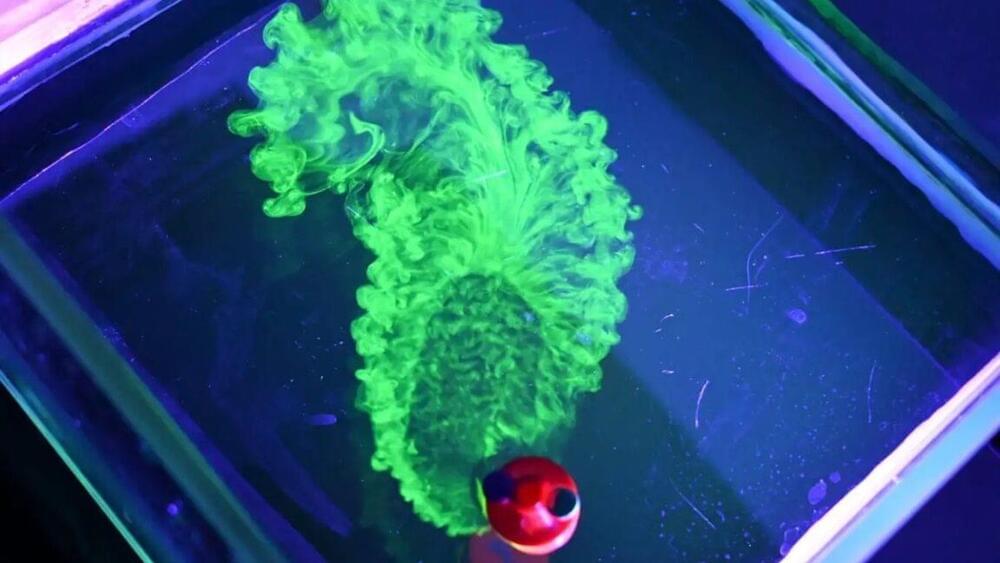Dec 10, 2024
Scientists Discover Radio-Like Communication in Ancient Bacteria
Posted by Jose Ruben Rodriguez Fuentes in categories: biological, physics
Cyanobacteria use an AM radio-like principle to coordinate cell division with circadian rhythms, encoding information through pulse amplitude modulation.
Cyanobacteria, an ancient group of photosynthetic bacteria, have been discovered to regulate their genes using the same physics principle used in AM radio transmission.
New research published in Current Biology has found that cyanobacteria use variations in the amplitude (strength) of a pulse to convey information in single cells. The finding sheds light on how biological rhythms work together to regulate cellular processes.
